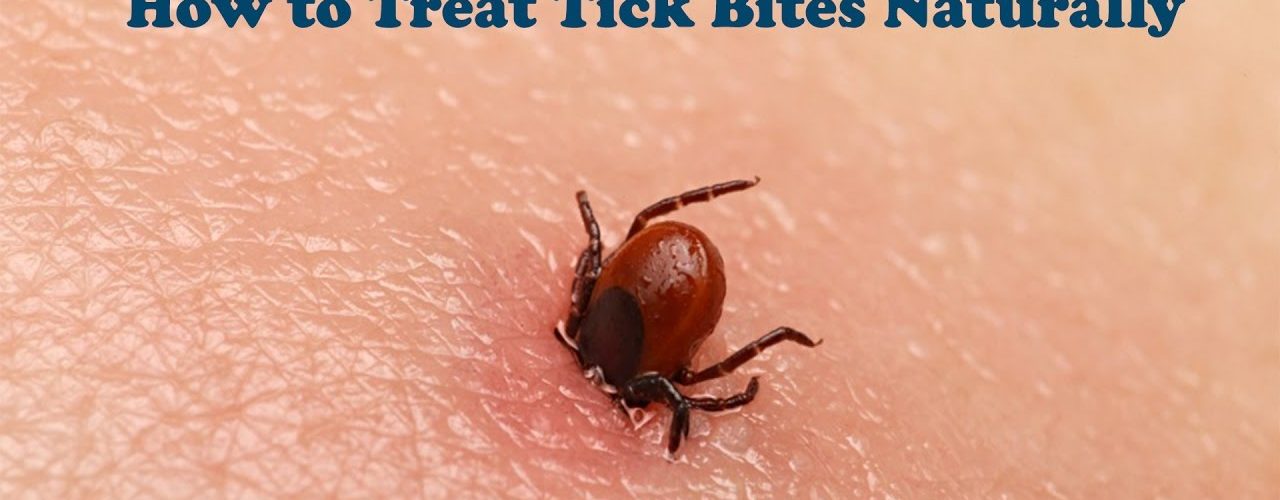Ticks are the top carriers in the United States of diseases to humans and only second to mosquitoes throughout the world. Ticks are arthropods and there are over 800 species of them around the world. It is not the actual bite of the tick, but the toxins, organisms or secretions in the saliva of the tick that is transmitted from the bite that causes diseases.
There are two families of ticks that are important because of the illnesses or diseases they can cause: Argasidae (soft ticks) and xodidae (hard ticks). The appearance of a hard tick is defined by its tough back plate and may take from hours to days to attach and feed. The transmission of a disease from the tick occurs close to the end of its meals, as the tick is full of blood. Soft ticks have rounded bodies and tend to feed less than an hour. A disease from this type of tick can occur in less than a minute.
Once a tick finds its host, such as a cat, dog, human, rabbit or deer, and finds a site for attaching, the tick burrows with its barbed mouth into the exposed skin. Tick bites are usually painless and are not even noticed. Some people are very allergic to the secretions of ticks and have quick and severe reactions to their bites. The bite of some ticks can cause intense and painful reactions. They can transfer diseases to many different hosts, some have been known to cause economic harm such as Texas fever in cattle killing nearly 90% of yearling cows.
The actual bite of a tick may cause symptoms after it falls off the skin. Redness, burning, itching and pains may be noticed from soft ticks. These results often begin many days to weeks after a tick is gone. This is why a doctor may not suspect an illness that is tick-related. The best clue for any tick-related illness is telling a doctor about the tick. A doctor must also be told if you have recently spent time outdoors in areas that could be tick-infected.
When a tick is found on the skin, it needs to be removed right away to avoid a reaction and reduce the chance of developing a disease. You must first get a firm grip of the tick’s head as close to the skin as you can. Avoid squeezing the tick while grabbing hold. Gently pull its head away without twisting it. The area as well as your hands must then be washed with soap and water.
If the area in which a tick has been removed from the skin is sore, the tick bite area can be treated in different ways:
- Apply an ice pack to the area that was bitten to lessen the swelling and pain.
- Use a local anesthetic to lessen the itching.
- Do not scratch the bite itself or the area around it.
- Go to the doctor is symptoms of rashes, chills or fever occurs after the bit.
- Take antibiotics if instructed to by a doctor.
The best way to treat tick bites is by preventing them. If you are going to be outdoors, it is best to have on a long-sleeved shirt as well as long pants. It is also recommended that you use insect-repellents that work against ticks. If you have pets in your home, bath them regularly with an insecticide shampoo to help prevent possible tick infestation.



